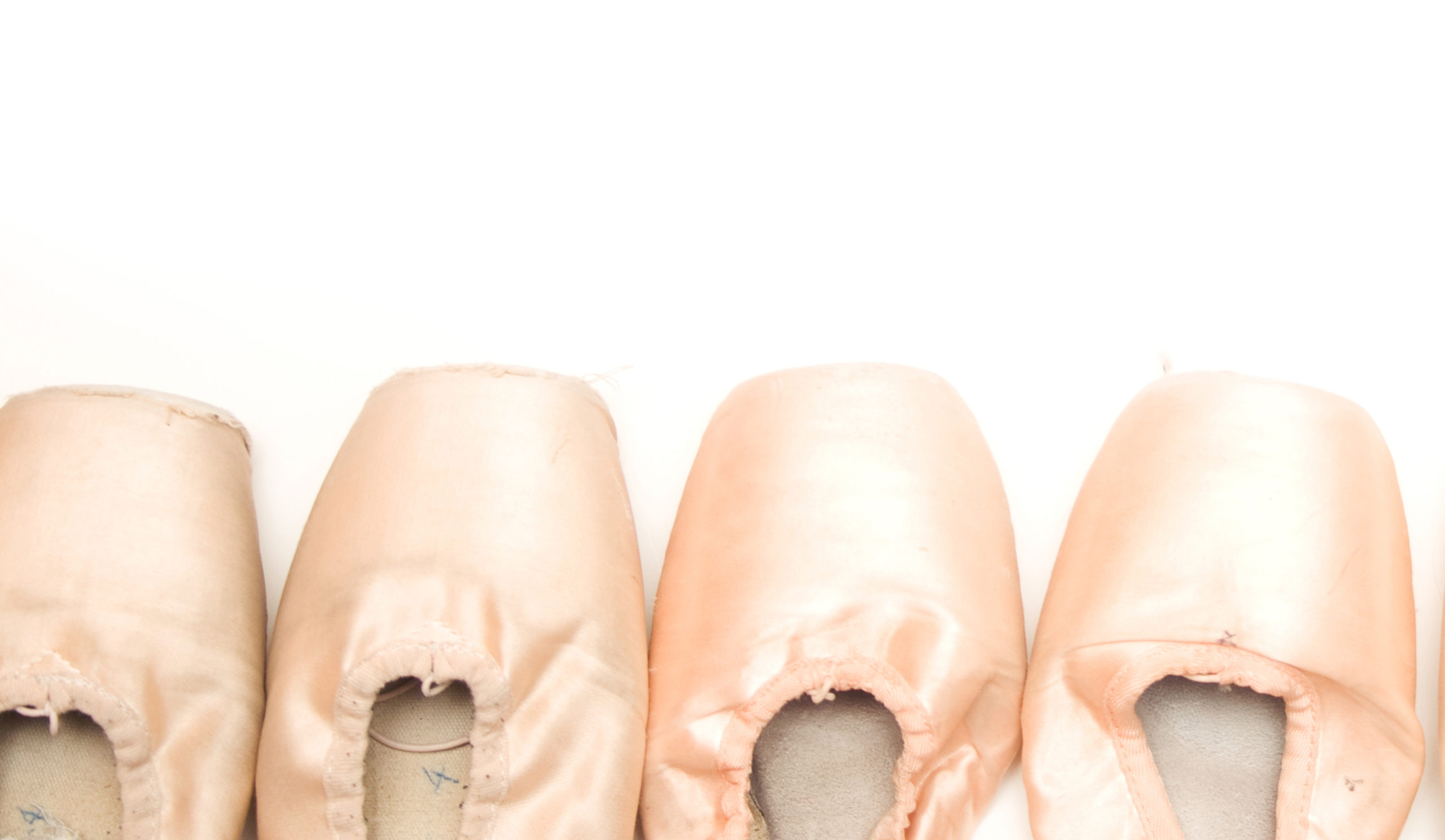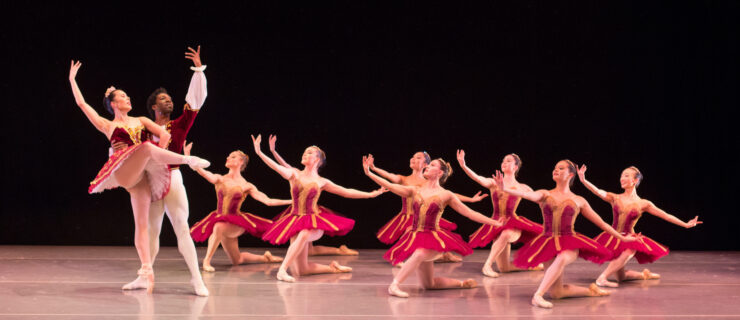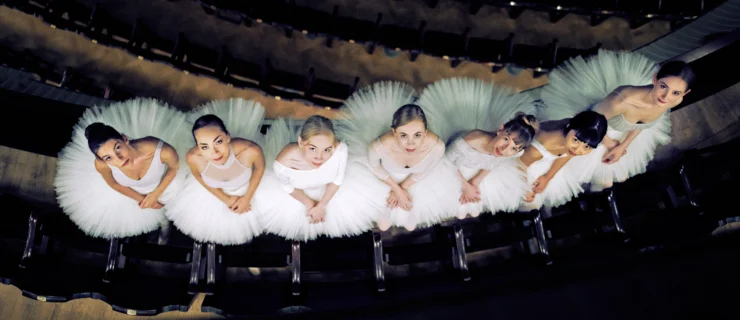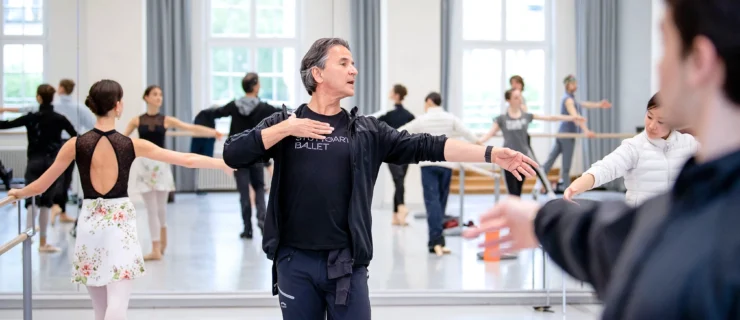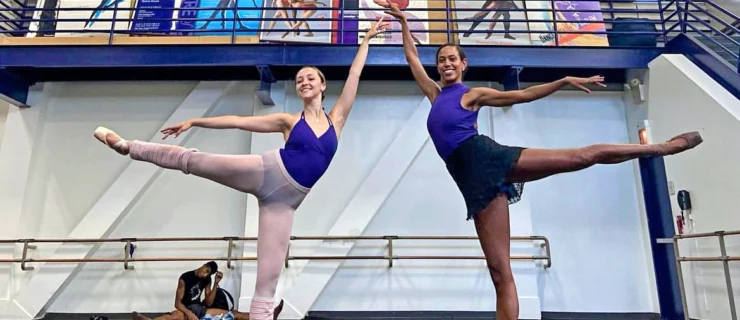Yuan Yuan Tan Guest Blog: Ovations and Flat Tires in Copenhagen
The following is a guest blog by San Francisco Ballet principal Yuan Yuan Tan, currently on tour with the company in Copenhagen, Denmark. Stay tuned for more posts from Yuan Yuan!
Things are going very well here on our tour to Copenhagen, but there was a bit of drama on our way to the residence of Laurie Fulton, US ambassador to Denmark, for a reception Monday night. As one of our two buses left the hotel, the second bus got a flat tire. Luckily, I was able to fit into one of four extra seats on the first bus—which I was very happy about, especially since it was raining pretty hard!
By the time we got the reception, the rain had stopped, and we had a lovely time. Ambassador Fulton gave a very warm speech and Helgi [Tomasson] presented her with our 75th anniversary book. Since I was performing for the opening night of our second program on Tuesday, I stayed in my room and rested once I got back from the event.
Yesterday was a long day with the dress rehearsal and opening of Program 2. The opening proved how warm and gracious the Copenhagen audiences really are. On stage, we could 100% feel their energy and we were very appreciative of all the curtain calls! I also saw an old colleague from SFB, Peter Brandenhoff, and it was really nice to catch up with him. We’re in the home stretch now, with only three shows to go!
